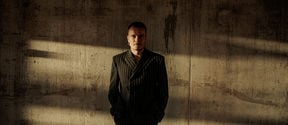Professor Arja Karhumaa: ‘We need to better understand how texts are viewed’
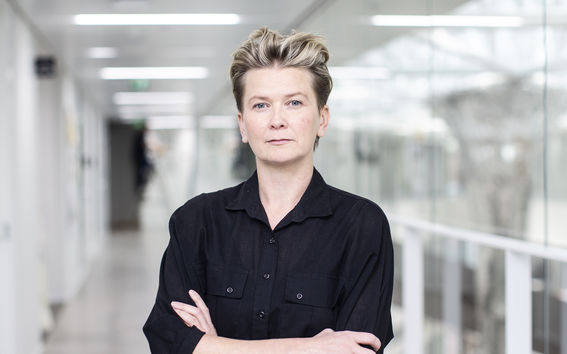
What brought you to Aalto?
‘I came to Aalto University from the University of Art and Design Helsinki, where I still found myself after my master's degree, first as a teacher and then as a lecturer and doctoral student. It has been interesting to see from the inside the hopes and prejudices related to the merging of the universities, and to see them getting both realised and shattered. After more than ten years since its formation, it seems that Aalto University has grown into its own kind, and the ballast of the previous schools does not count so much no longer – yet there are many perspectives on this.’
What are the highlights of your career?
‘Thinking about this, I find that it's a bit strange for me to think in terms of the highlights of my career. I am trying to build a practice where my own artistic practice, teaching and mentoring, research and writing, and participation in the academic community weave together in a constructive and sustained way. It doesn't always work: sometimes some aspects take up more space than others, or all overflow. Provocatively, I could say that the highlights of my career are not the awards, invitations and recognition I have received, but the burn-out that is sadly common (also) in university work. Since then, I have learned to guard the space for my own thinking and doing, which I would probably not have without this professorship.
Of course, a kind of highlight is the recent tenure: it is a tremendous privilege that allows me to persevere and to preserve that space in the future. As far as I know, I am the first graphic designer in Finland to have undergone the current evaluation process that comes with the tenure of a professorship. It hasn't been the easiest, as the criteria are built for very different fields from my own, but I hope my way to do it will make it easier for those who follow.’
What do you research and why?
‘The relationship between language and the visual form of the text is a mystery that I keep coming back to. I explore what most of us don't even notice in our daily lives: what the text looks like at any given moment, and how it affects us as human beings – our interpretations, our behaviour, our practices and our social life. In my own field, visual communication design, word ‘communication’ is the most important one to me. I ask questions such as, what are all the possible ways we humans can find each other through media, when we increasingly rarely share the same physical space? How do texts and typographic forms hold communities together or how do they exclude? Who should have access to each text at any given time, and how is this achieved?’
Arja KarhumaaI hope to see communication designers working as experts almost anywhere, not only in agencies established for the purpose."
What questions are topical in your field right now?
‘This certainly has to be answered with questions related to artificial intelligence, AI, as they are on everyone's minds – in our industry especially the image makers’, whose work is seemingly easy to be replaced with AI generated images. However, it's not that simple, because AI creates new images by learning from existing human-made images. Alongside the results of the designers' work, I always consider the organising of the work itself, the conditions and the structures to be equally important, and AI is also a source of concern in this respect, because there is a lot of human work behind it that remains invisible if we do not look more closely at the structures. More broadly, I think that the current state of AI shows what it is not yet capable of. It is not able to reflect on the probabilities with which the human body's senses and cognitive skills encounter and experience each visual message, nor on the perspectives and biases that are always inevitably present in the transmission of messages, for example in the visualisation of information.’
What are your expectations for the future?
‘I expect that awareness of the potential of visual form, of so-called multimodality and the related knowledge and skills of visual communication designers will become more widespread. I would hope that this would be reflected in the fact that communication designers are seen in specialist work almost anywhere, not just in agencies established for the purpose – although, of course, also these are important because they are often where visual phenomena are taken forward in the most interesting ways. Admittedly, there are certainly communication design tasks that are easy and practical to automate. However, the way in which the collaboration between text and image and the visualisation of text can influence, for example, the argumentation and accessibility of messages is becoming so contextual and, I would say human, that these experts are increasingly needed. The amount of data and information will not decrease, but will continue to grow.’
Why should one study the field?
‘For the same reasons I outlined above. Although communication often takes place through media, in many cases human-to-human communication will continue to require the involvement of human bodies between sender and receiver as well.
Visual communication occurs in almost all areas of life, so there are countless possibilities for orientation. It is possible to be involved in the visualisation of information either in academic communities, in public administration or in journalism, and either from the perspective of databases or storytelling. It is possible to focus on a narrow area of expertise, such as letterforming or illustration, or to be involved in building large and multidisciplinary systems of communication and identities, for example at the level of institutions, cities or even the state. It is possible to focus from print culture to sophisticated online publishing, or just on the moving image. One can be involved in visualising projects within grassroots activism, or in influencing large-scale structures at institutional level. One can focus on communication, arts, entertainment, or shuttle between them. Because of the diversity of opportunities, the sector also needs a wide range of people from a variety of backgrounds, with a wide range of experience.’
What else are you interested in?
"Oh, too many things interest me in this field of design, communication and academia in which I am adventuring. Lately, I have been thinking in particular about publishing as both a concept and an activity. My own work straddles the line between artistic publishing and publishing linked to an academic institution. With the very recent crackdown on the publication of printed books in the School of Art, Design and Architecture, I feel it is my mission to think about all the ways in which communities, makers, practitioners and works that flourish in the fields of art, design and architecture can be brought to the fore so that they are literally published – brought into the public arena, not just seen within a closed academic circle.’
See video from the Installation Talks event 30 January, 2023
Arja Karhumaa: The horizon of typographic expectation
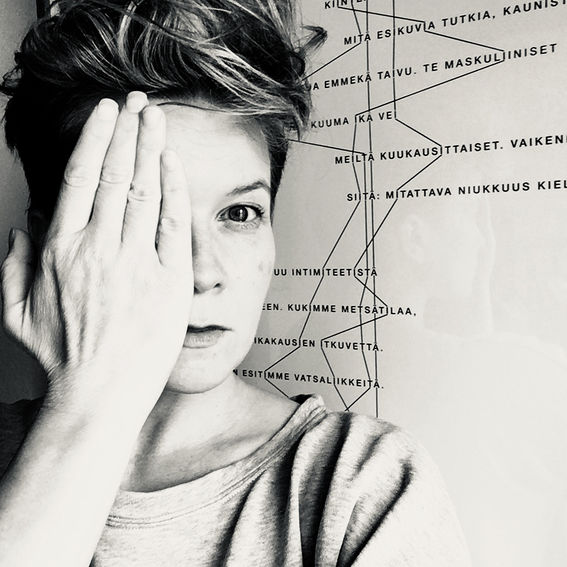
Who?
Position: Professor of visual communication design at Aalto University School of Arts, Design and Architecture
Age: 47
Hobbies: forest, watching, fumbling for movement, fragmentary reading
Contact:
Arja Karhumaa, School of Art, Design and Architecture, [email protected]
- Published:
- Updated:
Read more news
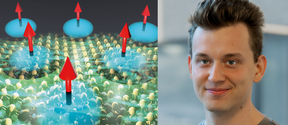
"My PhD was great from every single point of view"
Read how Viliam Vaňo, Aalto thesis award winner, experienced his doctoral studies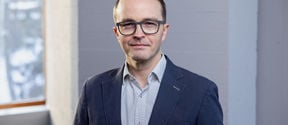
Get to know us: Assistant Professor Ville Miikkulainen
Miikkulainen most recently worked as University Lecturer at Aalto University.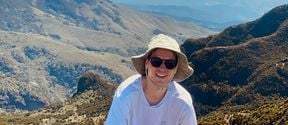
Alum Anton Jantunen 'In my role, analytical skills, a comprehensive understanding of complex concepts, and the ability to see connections are especially useful.'
Anton Jantunen's journey led him from major consulting firms and startups to working in Nairobi at the UN Sanitation and Hygiene Fund, which aims to improve access to safe sanitation, hygiene, and menstrual health products and services. Jantunen works with innovative financing models for the fund.